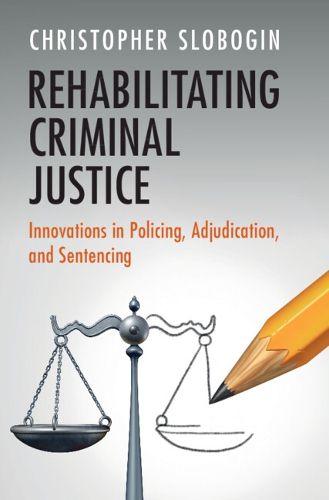Readings Newsletter
Become a Readings Member to make your shopping experience even easier.
Sign in or sign up for free!
You’re not far away from qualifying for FREE standard shipping within Australia
You’ve qualified for FREE standard shipping within Australia
The cart is loading…






Rehabilitating Criminal Justice offers bold yet sensible proposals for reforming every major component of the US criminal justice system. The first third of the book explains how existing caselaw can be interpreted to end over-policing, better regulate interrogations, and replace the exclusionary rule with direct sanctions on officers and their departments. The second part of the book, on the post-arrest adjudication process, calls for replacing cash bail with validated risk assessments and proposes to reorient our error-prone, hyper-adversarial system by ending convictions via guilty pleas and giving judges more power over questioning of witnesses and the selection of experts. The final chapters show how the harshness of the system can be leavened by refocusing sentencing on prevention rather than retribution and by creating an independent criminal court system. They also explain why these reforms are preferable to the currently popular movement to defund police departments and abolish prisons.
$9.00 standard shipping within Australia
FREE standard shipping within Australia for orders over $100.00
Express & International shipping calculated at checkout
Rehabilitating Criminal Justice offers bold yet sensible proposals for reforming every major component of the US criminal justice system. The first third of the book explains how existing caselaw can be interpreted to end over-policing, better regulate interrogations, and replace the exclusionary rule with direct sanctions on officers and their departments. The second part of the book, on the post-arrest adjudication process, calls for replacing cash bail with validated risk assessments and proposes to reorient our error-prone, hyper-adversarial system by ending convictions via guilty pleas and giving judges more power over questioning of witnesses and the selection of experts. The final chapters show how the harshness of the system can be leavened by refocusing sentencing on prevention rather than retribution and by creating an independent criminal court system. They also explain why these reforms are preferable to the currently popular movement to defund police departments and abolish prisons.